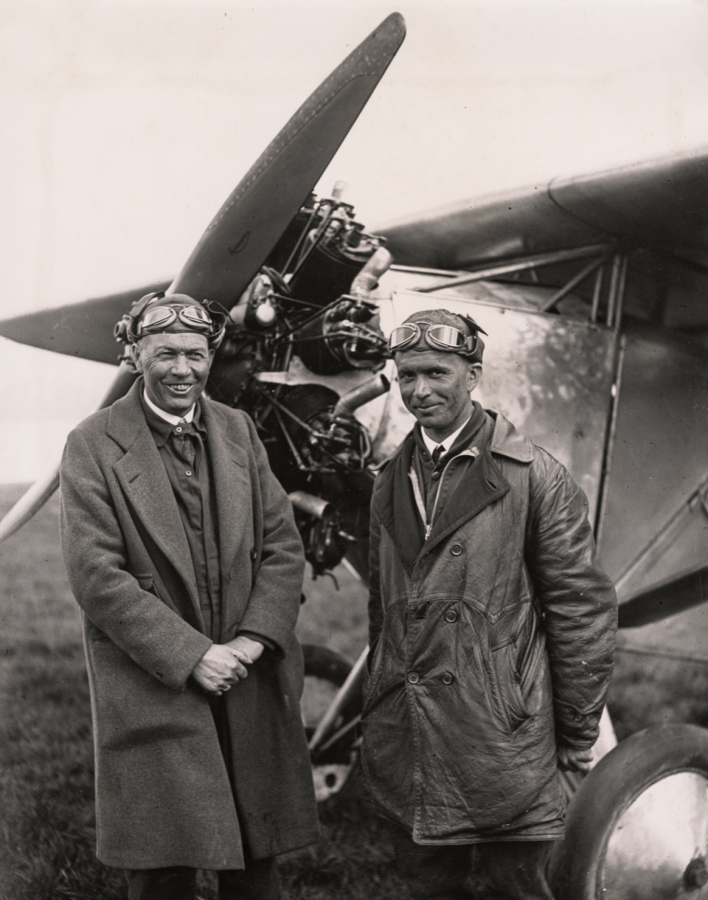A successful Klondike gold seeker, Vern Gorst turned his gain toward flight in 1913. Before that, he dabbled in transportation, creating a boat motor launch service, an automobile business, and several West Coast bus lines. With an eye to the future of transportation, he watched the brothers Wright closely, even naming his son Wilber. When Silas Christofferson flew a Curtiss Pusher off the Multnomah Hotel in Portland, Gorst was in the crowd watching. Later he paid for flights with the famous pilot.
Gorst incorporated Pacific Air Transport in January 1926 and sold stock. Among his shareholders were Julius Meier, owner of the Portland department store Meier & Frank. The Wells Fargo loan officer, William A. Patterson, helped him get funds and became his adviser and eventually president of United Airlines.
In late 1925, Pacific Air Transport received a government contract to deliver regular airmail. Gorst selected Pearson Field to service the Portland Post Office for the Seattle-to-Los Angles run because, at the time, Portland lacked a viable airfield. However, whether Pearson Field was used as a regular stop is unclear. It seemed an alternative to Swan Island while the Portland airport was under construction, shrouded in bad weather or other no-fly circumstances.
On Sept. 15, 1926, Vern Bookwalter flew the first government-sanctioned airmail round-trip for PAT and returned, making the first official U.S. Postal mail transported between Oregon and Washington. In 1919, Army flight instruction gave Bookwalter four hours of training before he soloed. That earned him pilot’s license No. 82, signed by Orville Wright, which he proudly displayed.




